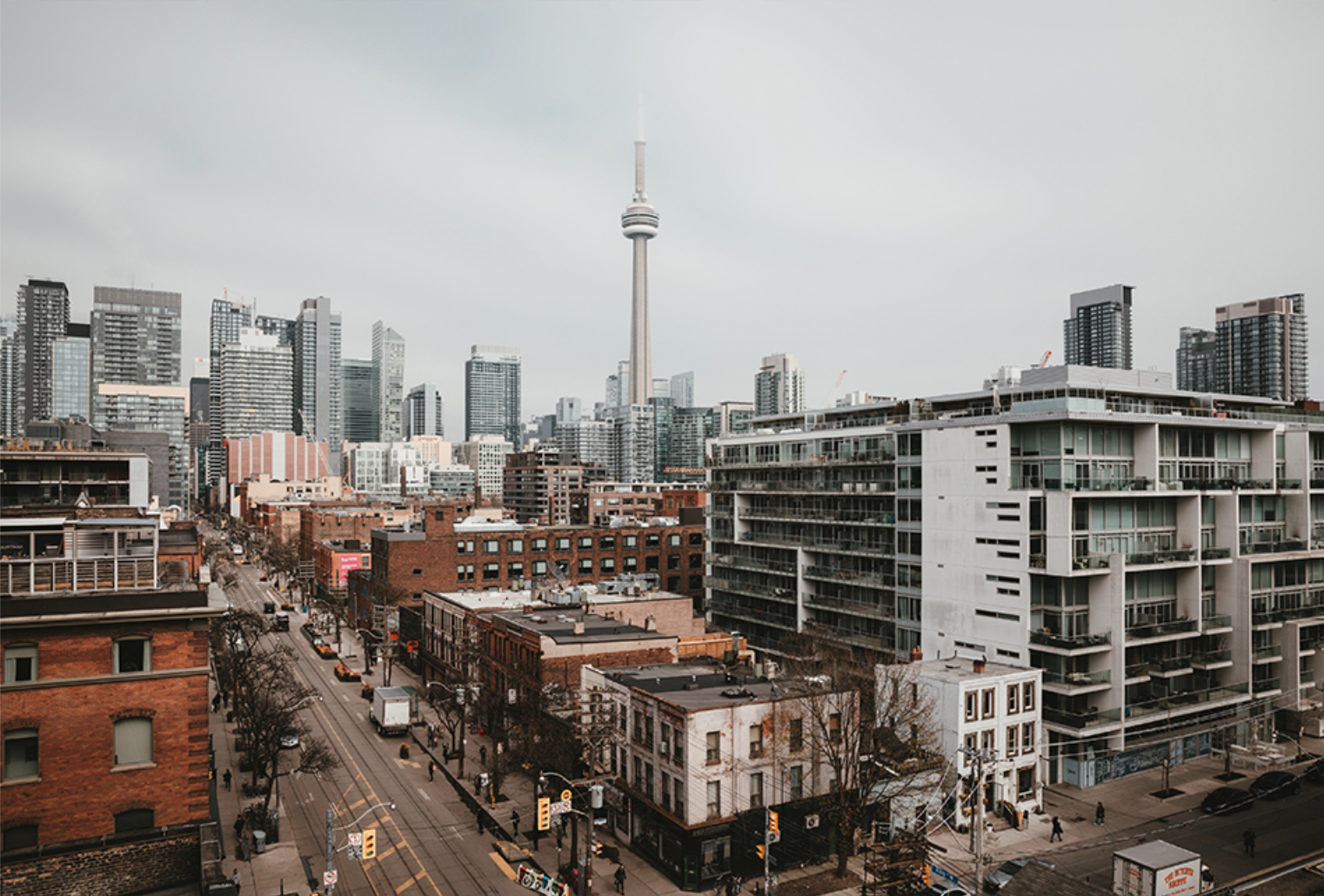If there’s a lesson to be learned from the collapse of Thames Water, it is that utility giants have to pioneer a new kind of company.
There is universal agreement that privatisation was never meant to result in news like this. Last week, the government announced it was on standby to take Thames Water – our biggest water company, serving 15 million people – into “special administration” as its £15bn of debt threatens to overwhelm it and its CEO resigned. What went so wrong? Is this proof that public ownership should immediately be restored?
After all, we’ve witnessed a litany of debacles, from the government’s takeover of TransPennine Express and electricity supplier Bulb to the creation of Great British Railways to integrate the fragmented management of the rail system. It’s safe to say that privatisation cannot be trumpeted as an unalloyed success.
The original sin with the strategy was the way that Tory privatisers of the 1980s and 90s bought the ideological line – championed by the influential free marketeer Milton Friedman – that the social responsibility of businesses is to maximise profit. It is a principle only mildly qualified in British company law, in which directors must have no more than “regard” for the interests of workers, customers, society and the environment, because the overriding interest is that of the shareholder. No attempt to ensure that privatised utilities would put their social purpose first was ever countenanced. Yes, there would be regulation, but only to try to guarantee that, in the absence of competition, price increases would not be excessive. The regulators could not extend their interest into the warp and woof of the privatised company. For the Conservative government and New Labour that followed, the distinction was between public ownership (bad) and private ownership of any type (good). The notion that private ownership could be configured to give capitalism a different dynamic was off limits. But in the utilities especially – and I would argue more generally – successful companies must unite their stakeholders around a common purpose. Good profits follow. It’s been my view since I wrote my book The State We’re In in 1996.
Without any of that, the avoidable disasters have unfolded. Thus when the German electricity company RWE decided in 2006 that it no longer wanted to own Thames Water, it was, astoundingly, allowed to auction it off to the highest bidder with no questions asked. That the owner would be an investment consortium headed by the Australian bank Macquarie – the “millionaire factory” famous for hollowing out companies, squeezing them for every last drop of profitable juice and then walking away – was extraordinary, as I wrote at the time.
Six years later, it all turned out as feared. With the consortium domiciled in low-tax Luxembourg, the objective was dividend rather than investment maximisation, typically paid out of a convenient tax haven. The company’s debts had rocketed to £8bn, with interest payments offsetting profit, meaning that it paid no tax in 2012 even while it paid £279.5m of dividends. Yet it was then looking for an infrastructure guarantee on £4bn of extra debt to build the new Tideway sewage tunnel. No go-ahead should be given, I wrote, unless Thames accepted its first obligation was to deliver its purpose as a public service utility, including paying its taxes. But the project got the go-ahead – and not one iota of change was demanded in the way Thames was managed or how it organised its tax affairs.
A report in 2017 declared that at the then current rates of investment it would take Thames 357 years to renew its pipe network
In 2017, Macquarie did exactly what had been anticipated in 2006. It sold out: the lemon had been squeezed dry. No wonder that, before she resigned last week, Thames CEO Sarah Bentley told the BBC that Thames had been “hollowed out by decades of under-investment”. Surprise? A report in 2017 commissioned by the new owners declared that at the then current rates of investment it would take Thames 357 years to renew its pipe network.
Now the company totters on the brink, needing huge injections of equity and billions more of credit with questions asked about the efficiency of its underlying operations. This time round, the same mistake must not be repeated. No open-ended bailout. More importantly, this is the moment when every water company and privatised utility should only be licensed to operate if they incorporate as a public benefit company that puts its social purpose first. Capitalism can be reconfigured to deliver the common good. It’s a principle that applies more widely. Start with the utilities and work from there.
Just a fig leaf that means no change? I don’t buy that. It matters that a company binds itself to putting its citizen-customers first, accepts that its responsibilities to the environment should be fully discharged, that workforces should be treated properly and given a voice in strategic decision-making, that taxes should be fully paid, proper social tariffs introduced, fit-for-purpose investment matched by appropriate debt, and stakeholders engaged with. Companies of this type do behave differently. Regulation should reinforce social purpose and no more opaque ownership structures such as Thames should be contemplated. At least a quarter of every regulated utility’s share capital should be publicly quoted: the sunshine of accountability works wonders.
Public ownership can work: it should never have suffered such opprobrium. But what is the country’s priority? The 20-year bill to achieve net zero is at least £1tn. Levelling up will cost at least another £1tn. There is another £500bn to be spent on schools, hospitals, prisons, courts and roads. If the privatised utilities operate on genuine social purpose criteria, why would any government wrap up to £250bn of dead money in renationalising them?
Which is why the leaked email on Friday from Severn Trent CEO Liv Garfield to utility bosses urging them to make common cause in becoming socially purposed (with obligations as set out above) as a robust, workable alternative to nationalisation is so important. Full declaration: I am named in the Garfield email as ready to facilitate a conversation. I am. And if Starmer’s Labour party is going to be more interested in the character of private ownership than Blair and Brown’s, as Garfield’s email suggests, better still.
It’s an important moment. Britain needs to find trillions in the years ahead for long-term investment. No plan for change will work unless there are purposeful business partners ready to step up alongside government to make the investment. Could that be happening? In depressing times, maybe something is stirring for the better.
Will Hutton is an Observer columnist




